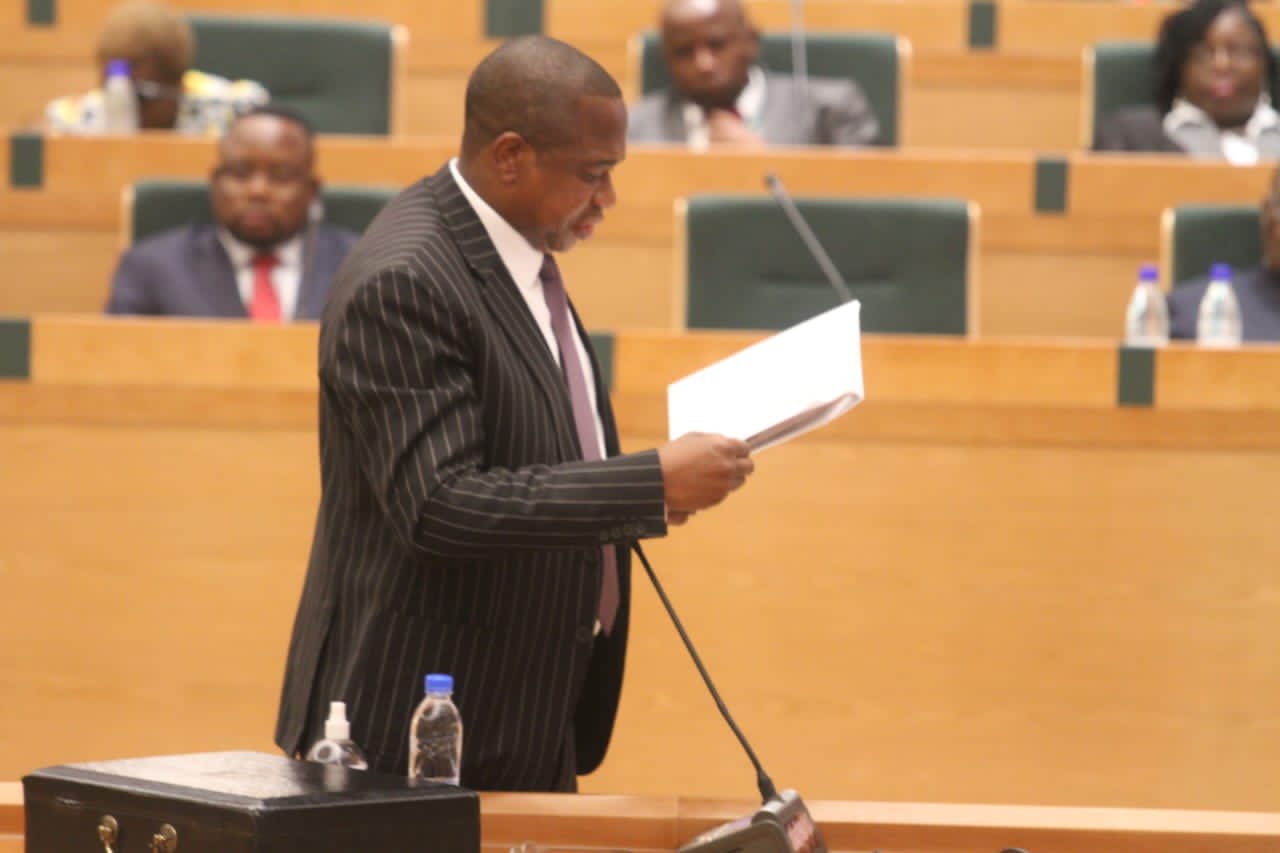Zim GDP growth revised down
Share

Harare (New Ziana) – Finance and Economic Development Minister, Mthuli Ncube on Thursday further revised down the country’s projected Gross Domestic Product (GDP) growth this year to four percent, from 4.6 percent earlier predicted, citing strong global and domestic headwinds the economy has had to navigate in the course of the year.
But the downward revision still remains one of the strongest GDP growth rates in the world this year, a period global economies have faced severe challenges ranging from sharp commodity price increases in the aftermath of the Russia-Ukraine war, escalating inflation and interest rates in the developed world, and difficulties countries have generally faced globally to nurse economies back to health post-Covid 19.
In advanced economies, for example, GDP growth is projected to slow down to 2.4 percent this year, down from 5.2 percent last year, while in the sub-Saharan region, this is forecast to drop to 3.6 percent, from 4.7 percent in 2021.
Presenting the 2023 national budget, Ncube attributed Zimbabwe’s economic resilience and ‘above average’ performance in the prevailing turbulent global village to well-timed government policy interventions such as hard clamp down on inflation mid-year, which spurred strong growth in mining, agriculture and transport, among other sectors.
“Due to the base effect, global and domestic developments, particularly the impact of high inflation and resultant stabilisation measures on credit and demand, the economy is now projected to grow by 4 percent in 2022, a further downward revision from the mid-year projection of 4.6 percent,” he said.
“Growth in 2022 is mainly expected from mining (10 percent), construction (10.5 percent) and accommodation and food services sectors (56.3 percent),” he added.
Ncube forecast GDP growth of 3.8 percent next year, again better than that expected in the sub-Saharan region, anchored on strong expansion in mining, construction, tourism and agriculture.
But he put a caveat to the prediction – global economic recovery, sustained high commodity prices on international markets, good rains, tight monetary and fiscal policies, and stable power supplies.
Continued use of multiple currencies in the economy, dominated by the greenback, would be another important economic stimulant, he noted.
For Zimbabwe, considering the extra-ordinary weak base it is coming from, the projected economic growth this year, and that forecast in 2023, is nothing short of epochal.
The country has battled, and still is, crippling Western sanctions imposed over two decades ago to punish it for compulsorily acquiring excess farmland from white farmers to resettle landless blacks as a form of economic empowerment.
These have cost its economy an estimated US$100 billion over the period, and retarded development in the country across the board.
Among other things, its trade avenues with the West were limited, as were investment flows from any part of the globe because of the sanctions.
It is against this background that the country’s economic recovery and growth, especially amid prevailing headwinds such as Covid 19, global recession, and strong domestic inflationary pressures, is extraordinarily impressive.
Ncube attributed the turn-around to a raft of government fiscal and monetary policy reforms, started a short four years ago, for the buoyant state of the economy, and vowed on Thursday to press on.
The reforms centred on wooing back foreign capital with assurances of security, arresting inflation that prevailed, and stabilising volatile exchange rates.
“Supportive monetary and fiscal policies, as well as co-ordinated interventions by the authorities has been central in sustaining the current inflation deceleration and exchange rate convergence path. Going forward, this policy objective will be maintained and adjusted where necessary,” Ncube said.
“In this regard, government is setting a month-on-month inflation target of between 1 to 3 percent, and a fiscal budget deficit of not more than 1.5 percent of GDP during 2023,” he added.
“Going forward, any deviations from these critical targets will warrant further interventions by both fiscal and monetary authorities, with the monetary policy committee and the central bank expected to deploy all tools at their disposal to ensure the attainment of these targets, consistent with their mandates.”
New Ziana









